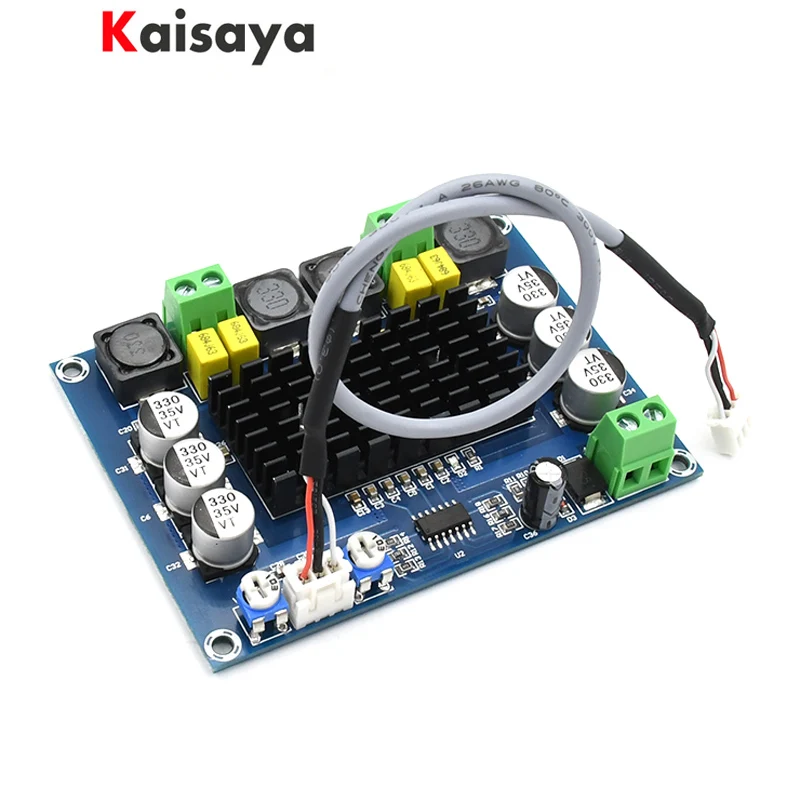Thank you for the information. I am very new to both port and passive radiator so i am learning as i go. On another forum of audio experts they explained to me that in order to get a bass using port, i need special calculating tool to calculate dimensions (volume) and port placing and many other things. I installed the program but it was far over my head, it even wanted some data about speakers i didnt have nor understood.
The reason i keep mentioning passive radiators is simple - as i said i want to make smaller speaker (JBL charge 3 size) so passive radiators are the only way i can tacle bass this way. And i am just amazed how much better bass on little charge 3 is compared to my 2-2.5x bigger speaker, even though i added passive radiators. Now granted i will never make the same speaker as JBL, there is a whole team of engineers working on it, have better knowledge, better equipment, better parts .. but as an engineer myself (different field though) i just cannot give it a rest when i see a challenge. Challenge in how much can i increase bass and keep the speaker portable. It makes me wanna get a broken charge 3 just to put it apart and carefuly inspect what they did and how.
What i learned so far about going bass way with passive radiators (correct me where i am wrong and add where necesary):
1) The enclosure has to be completely and i mean completely air tight
2) radiator size >= speaker size
3) someone mentioned something about each speaker being in its own compartment as oposed to 1 simple square box ?
4) the heavier the passive radiator, the better the bass (i simply guessed that because in 1 video i saw a guy adding coins to passive radiators for weight, dont know if its true)
Please continue to help me in my adventure of improving my speaker






